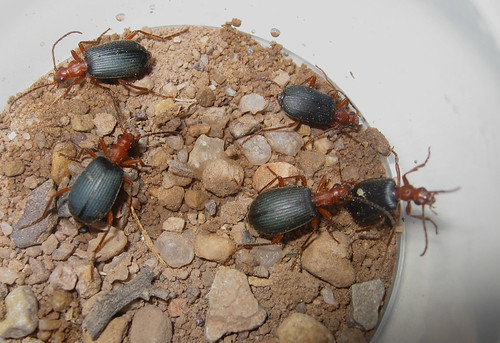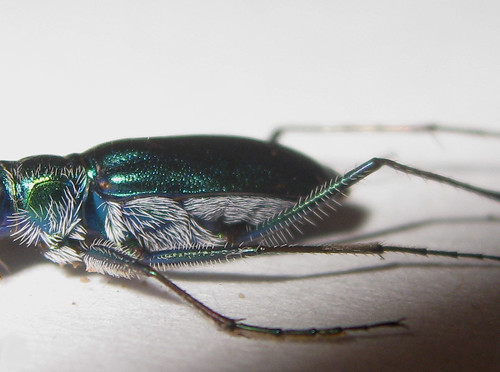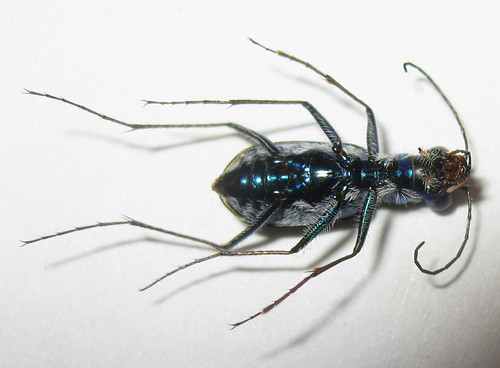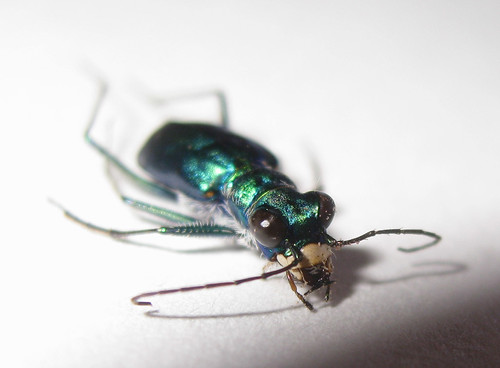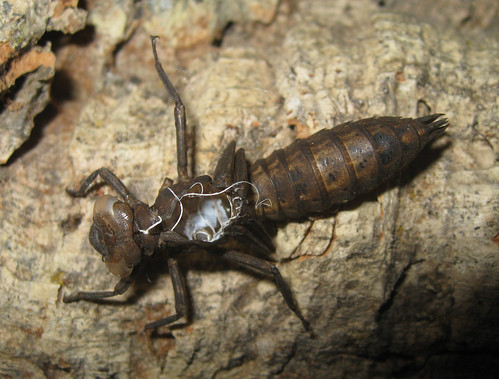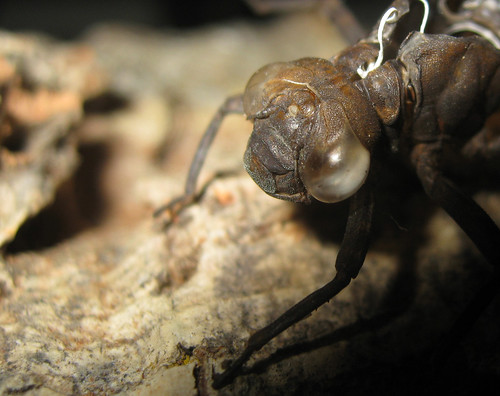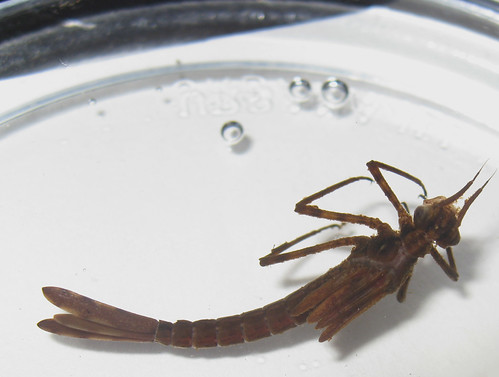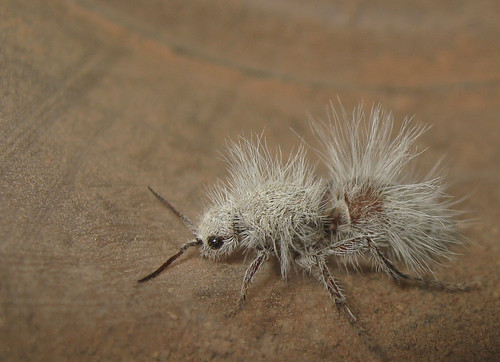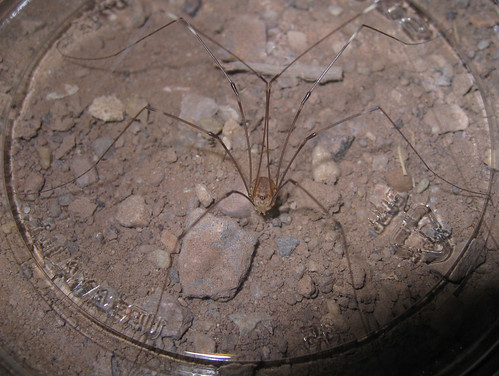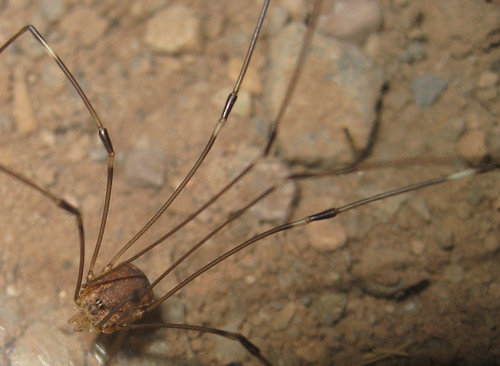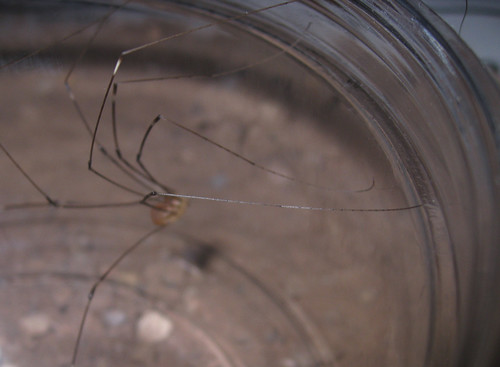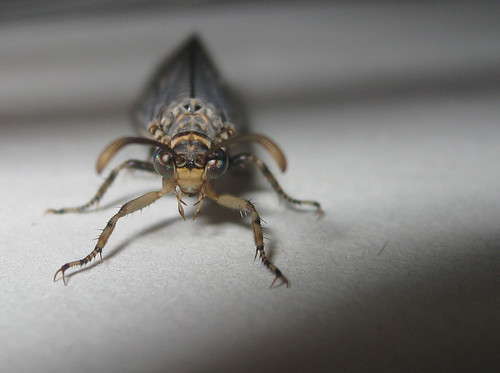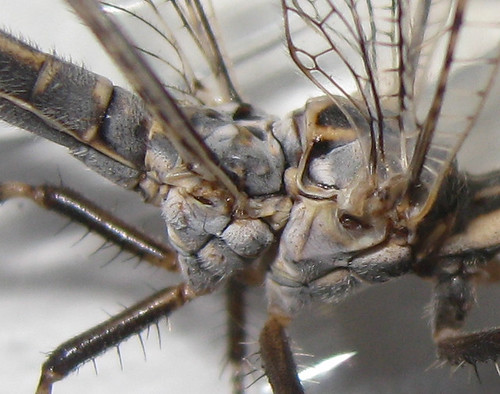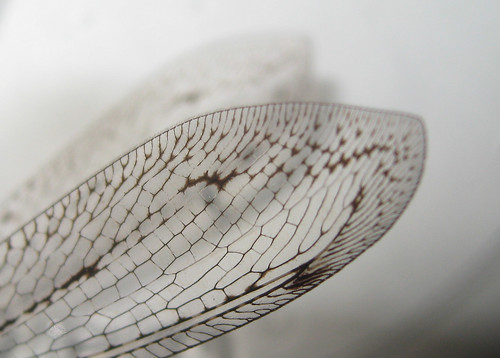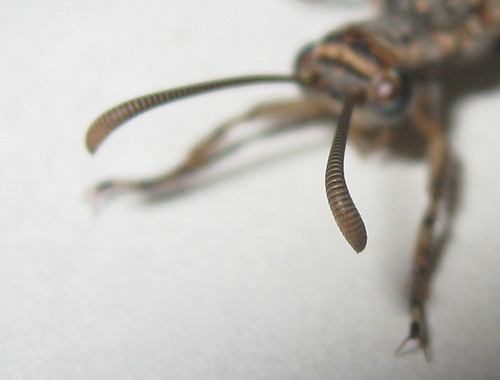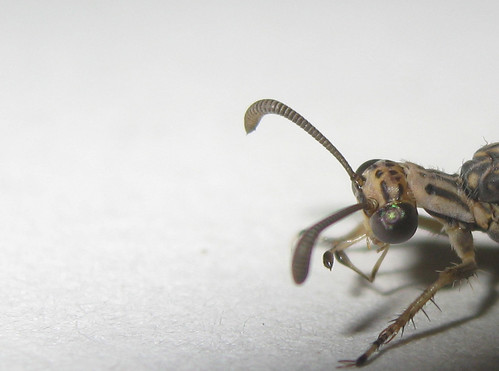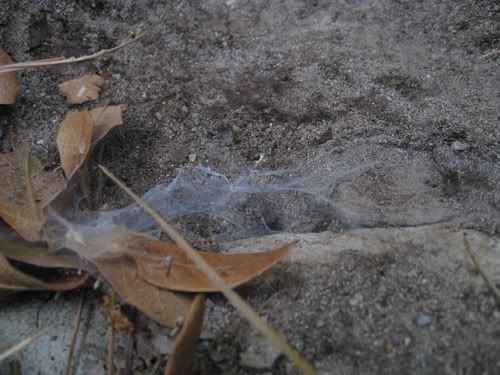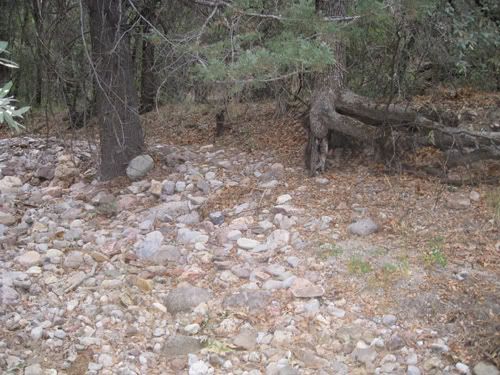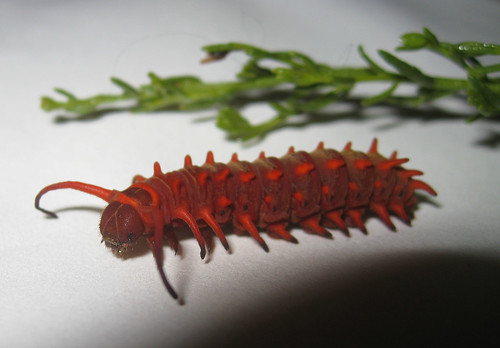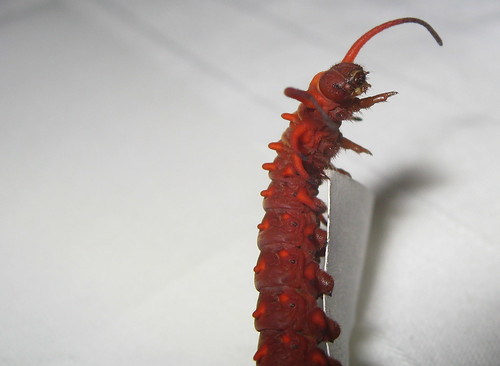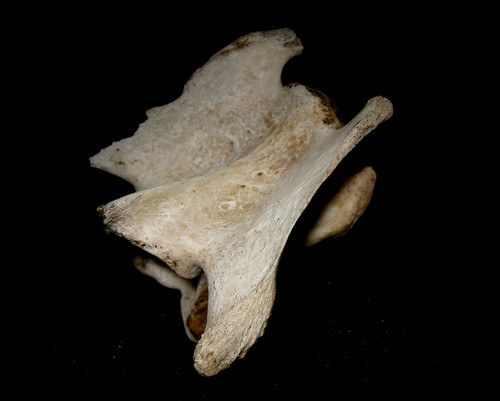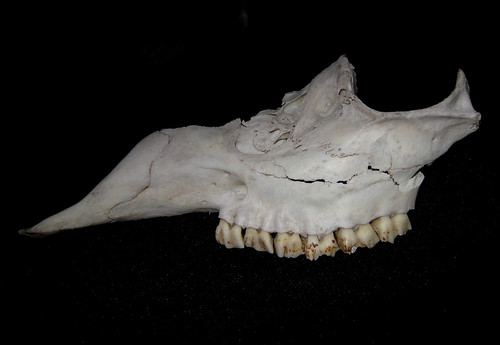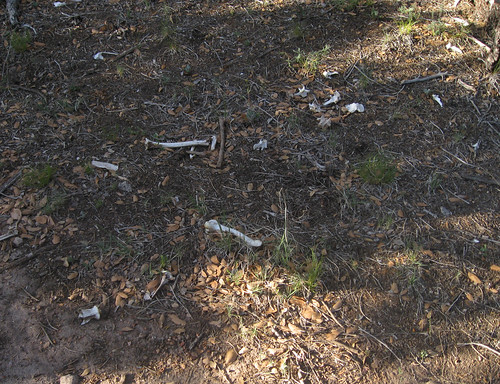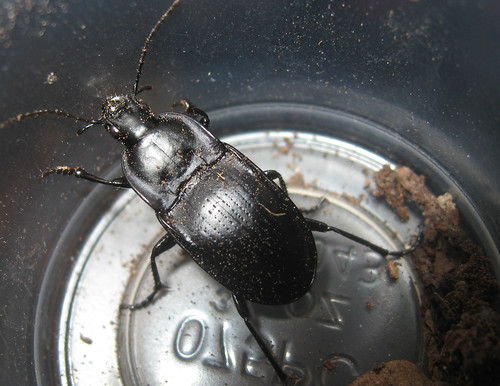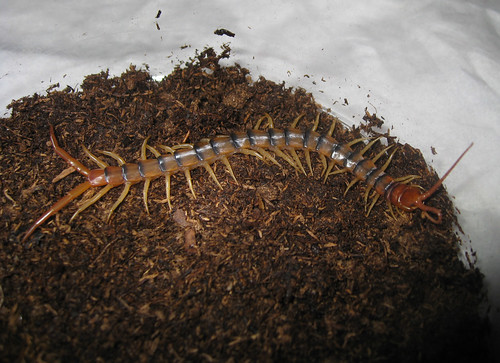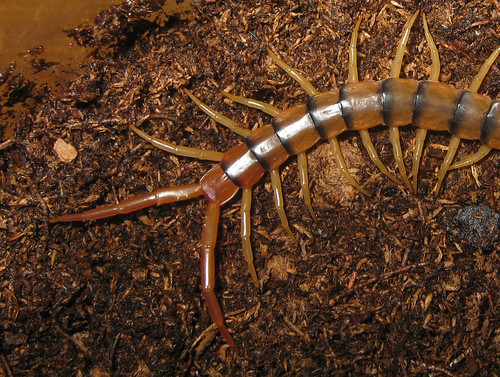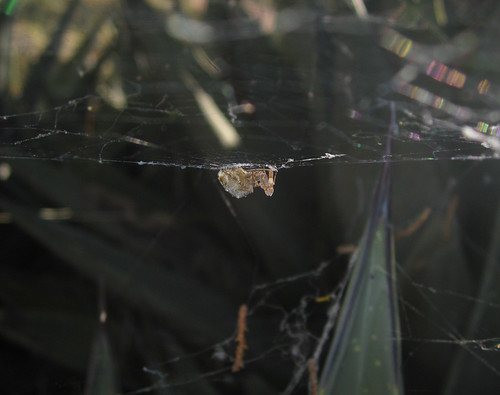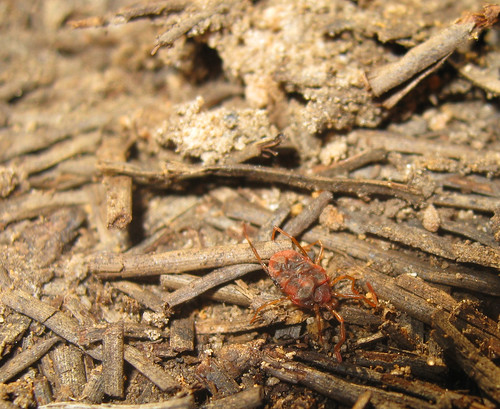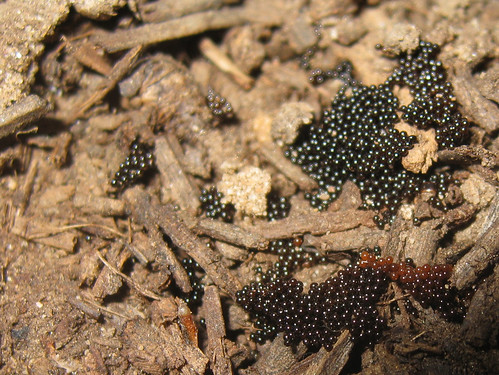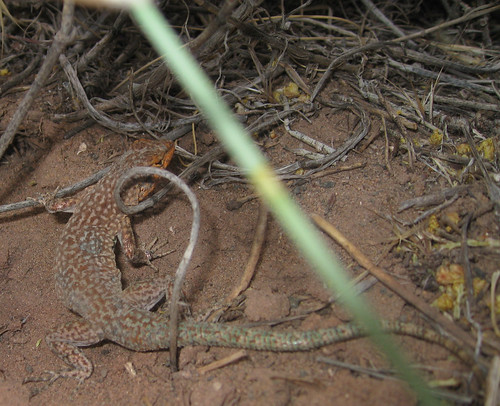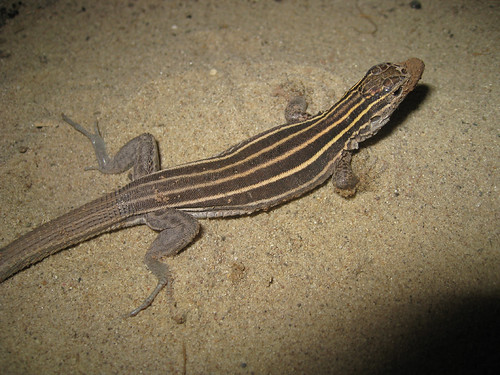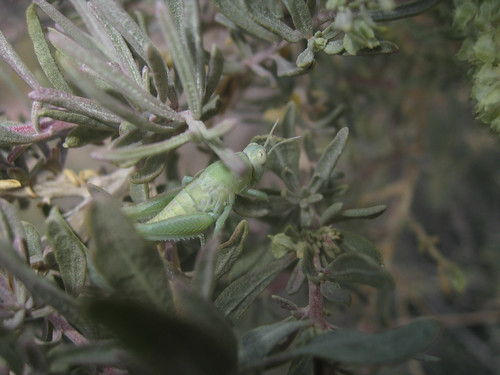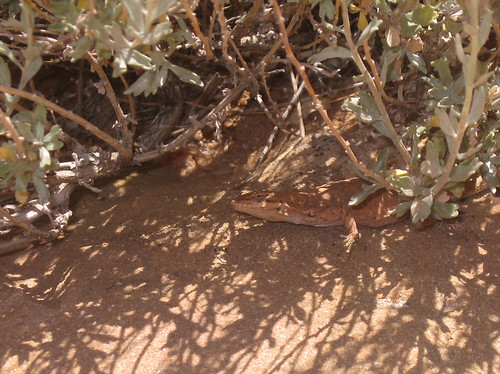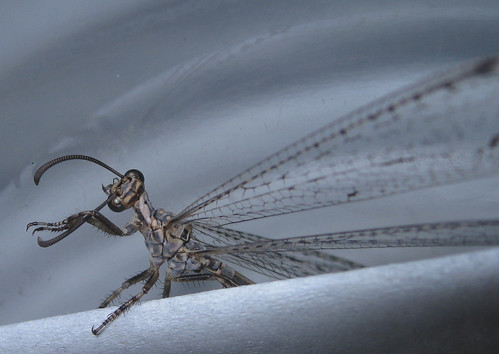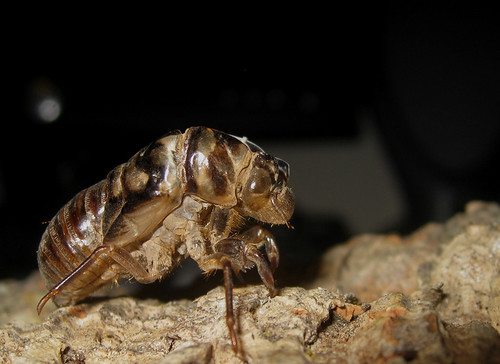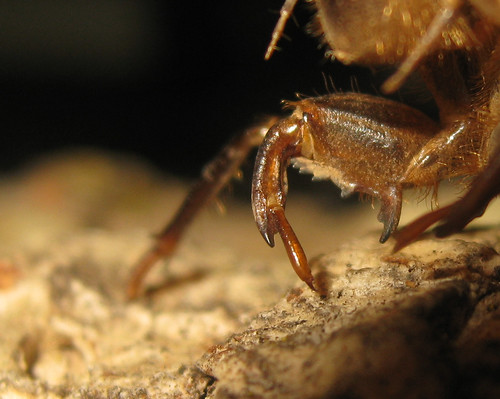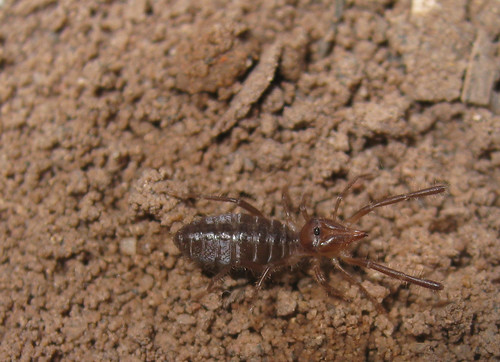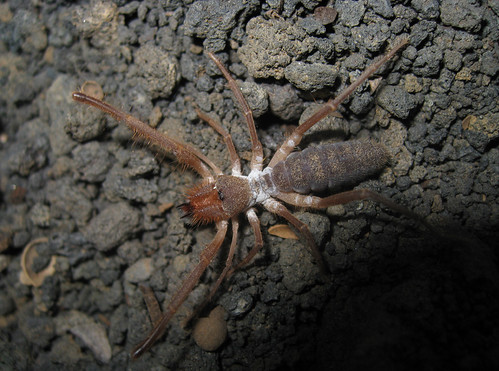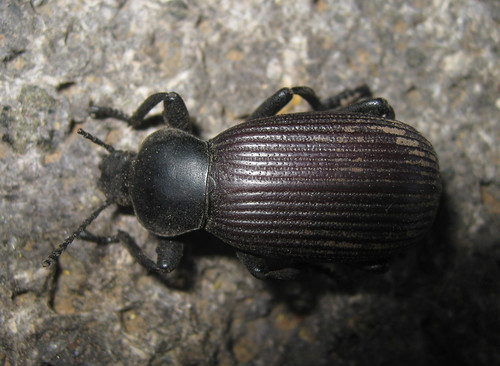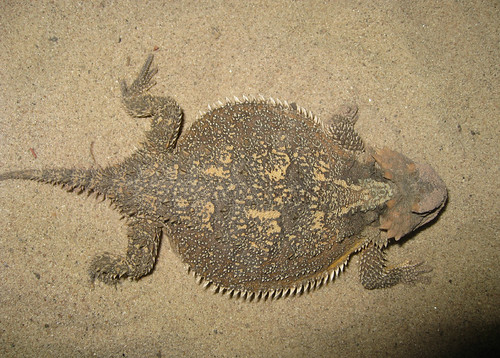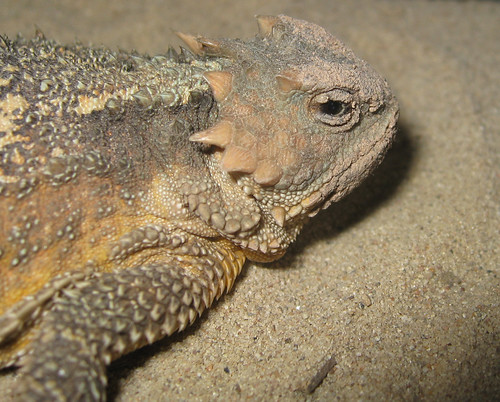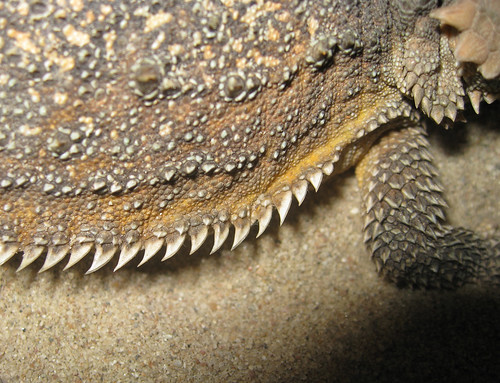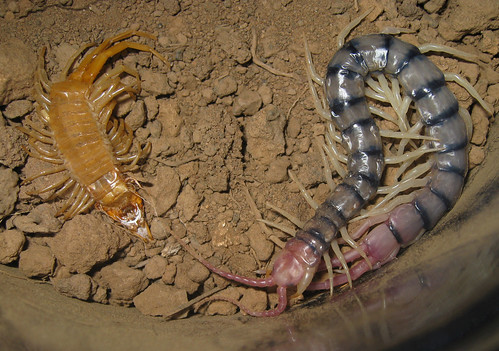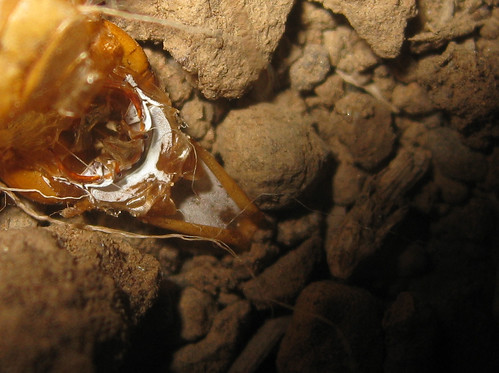I went on a trip with my parents June 13-21, a week in AZ then 2 days in Vegas. From the 22nd till now I've been taking and sorting through photos... even though a good portion of them were taken in hotel rooms along the way before I even got back.
IDs on anything not ID'd would be extremely helpful.
Casa Grande, AZ
Steatoda sp.
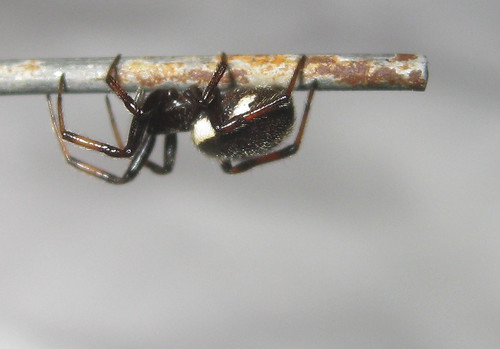

this was on the border between the desert and a parking lot for trucks behind starbucks.
Gila Bend - 1 night

across the road from the motel
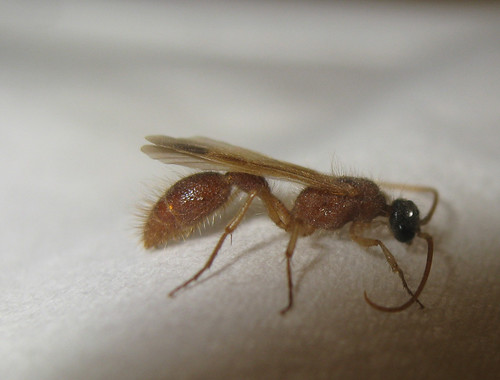
queen, different sp.
shield/stink bug (pentatomidae) - Chlorochroa sayi?
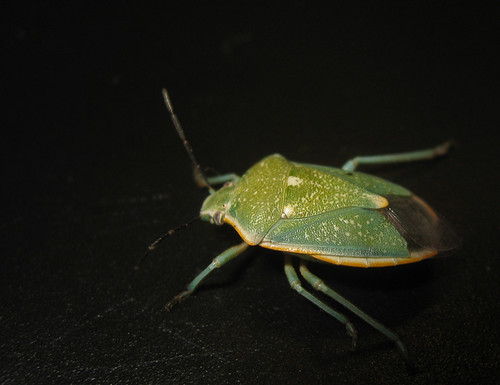

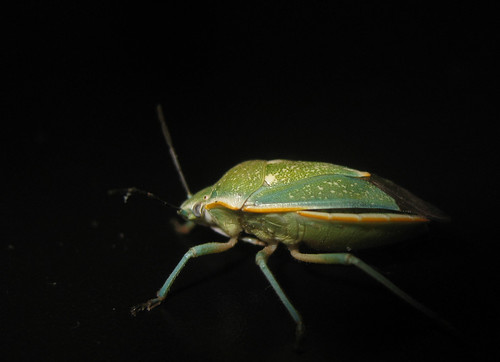
Temnoscheila sp.
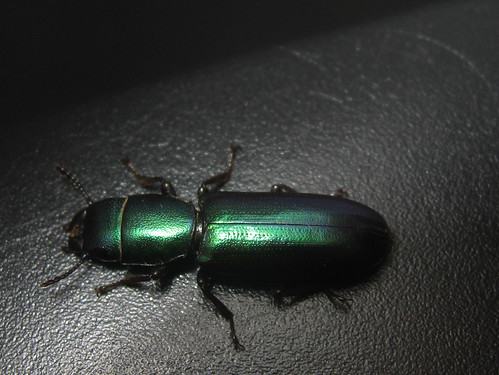
this does not even come close to doing it justice.
toward Portal
salticid
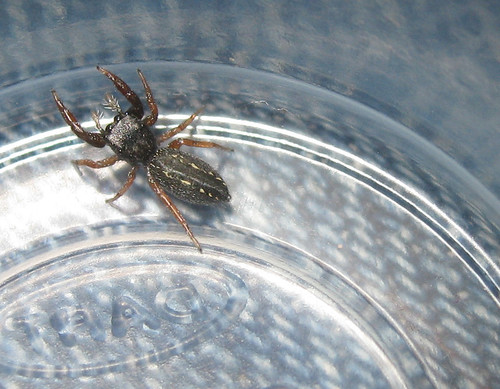

cicada exuvia


closest thing to a T for the entire trip
Portal - 2 nights
portal is a very interesting place. i met barney from hatari inverts there... apparently this was the worst possible time of year to go, but he suggested some (successful) places to look for bugs.

i found this very amusing
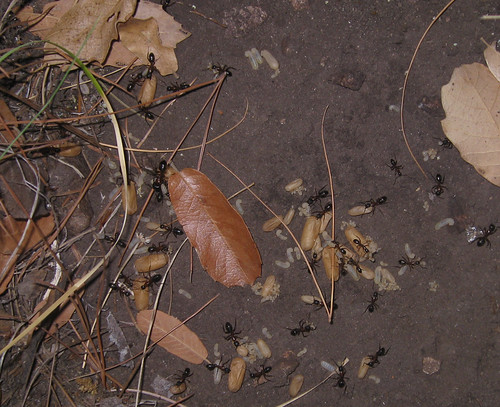
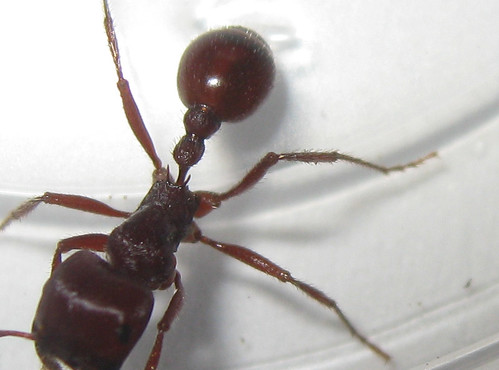
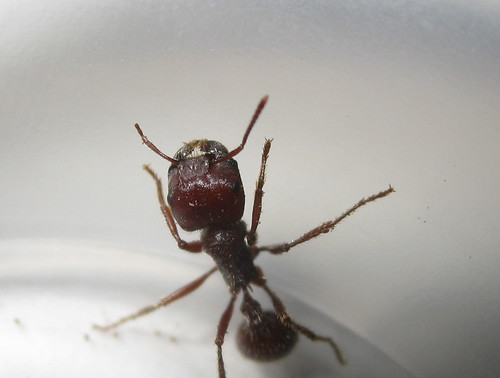

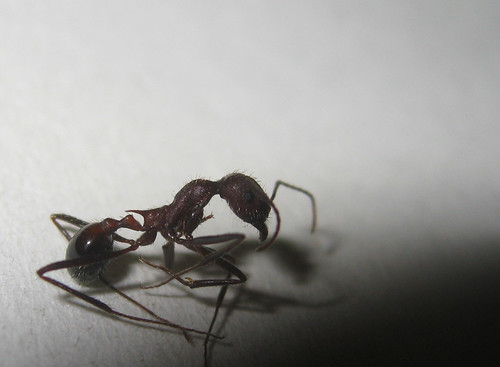
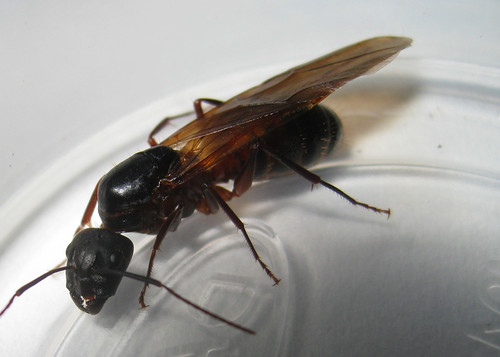
this queen is 1.6 cm body length and was carrying what looked like larvae.
the diversity and size of the ants (everywhere in AZ) was impressive. (i only figured out what had been happening later, but i got to see a colony of one species raiding another!)
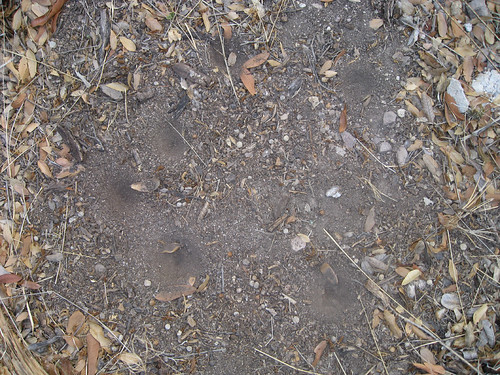
with so many ants... TONS of antlions

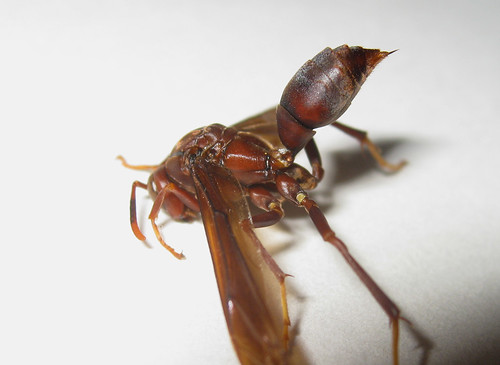


i'm pretty sure this is the nest of the species above
wasp 2
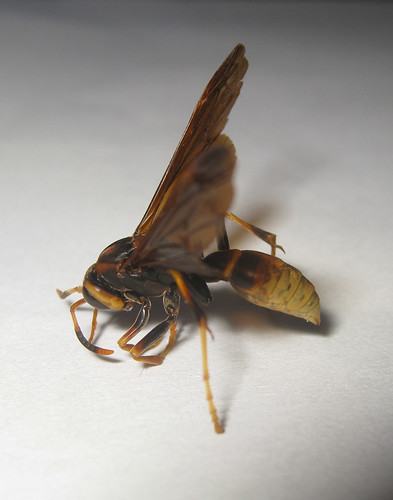


wasp 3

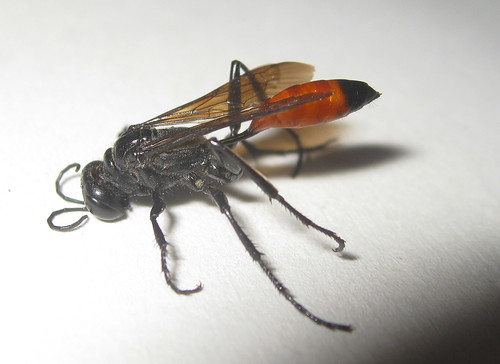
wasp 4 - digger wasp?

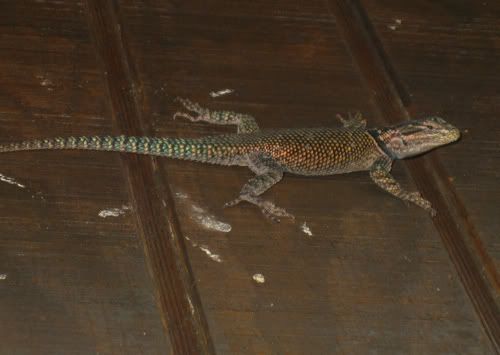
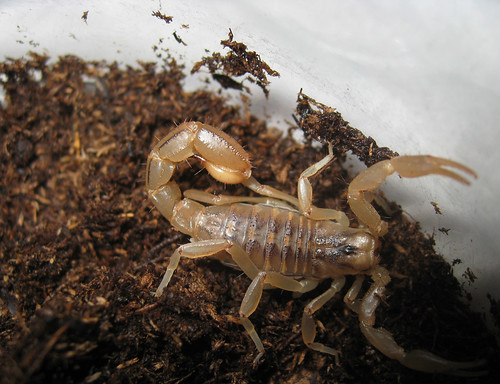
Vaejovis cashi (?)
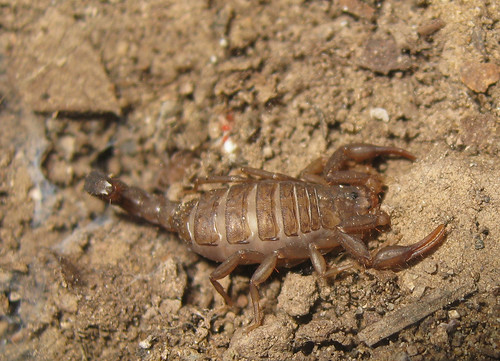
i found 12 of these little brown scorps, each solitary under its own rock.
gnaphosid or corinnid

selenopid crab spider (selenopidae)
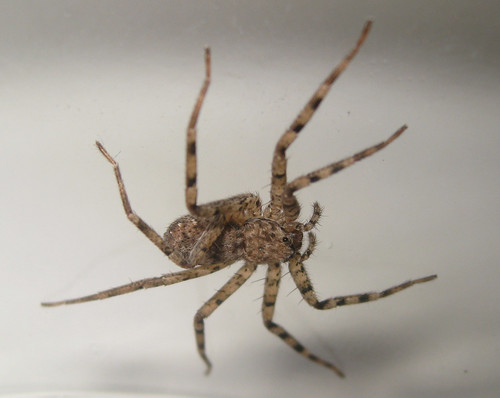
wolf/lycosid
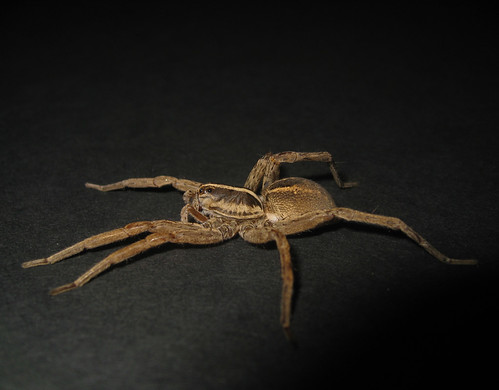
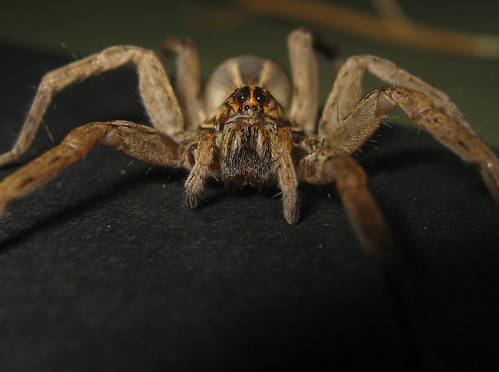
decent size, 1.75-2" in the photo. she's made a sac.
Armadillium vulgare

Arenivaga sp.?
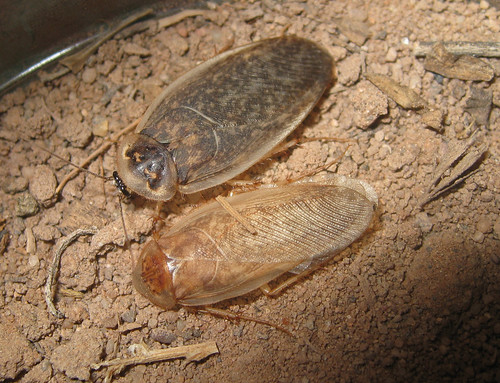
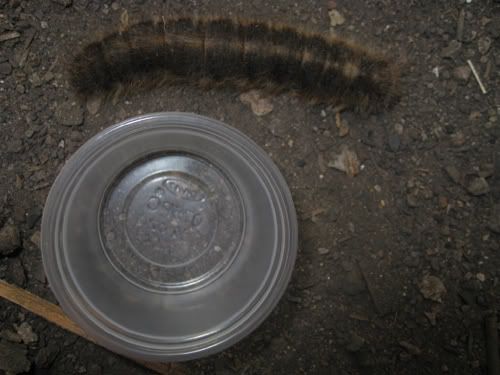
dead, but 7 cm!
carpenterworm moth

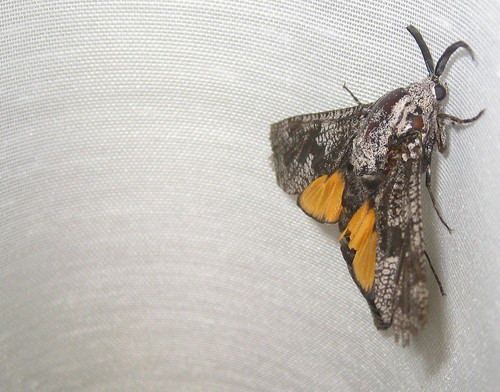
lichen moth - Lycomorpha fulgens
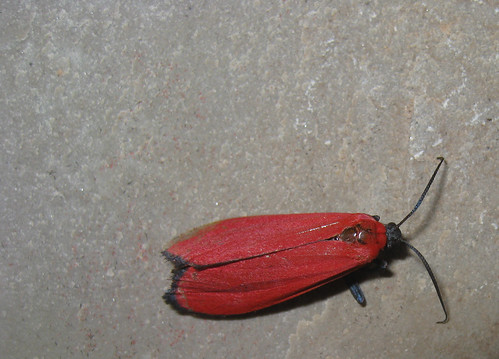
this moth flew directly in front of the car (driving slowly) for maybe 100 yards.
tiger moth - Grammia sp. (closest i can find is nevadensis)
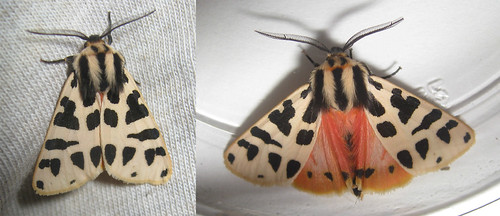

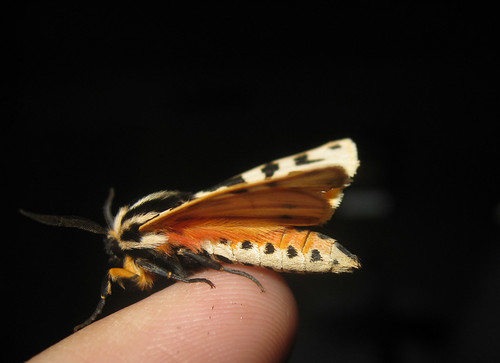

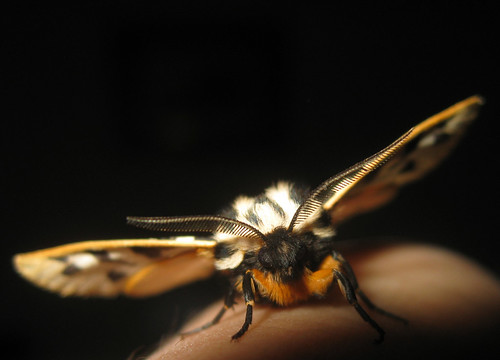
unknown amphiesmenopteran })
})

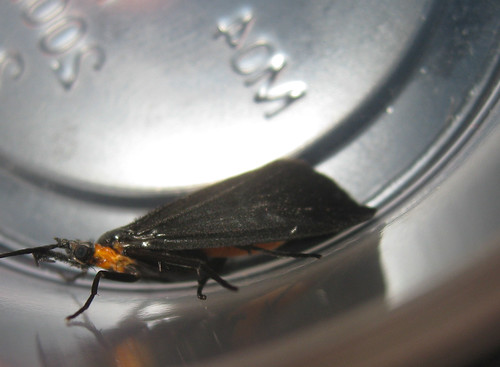
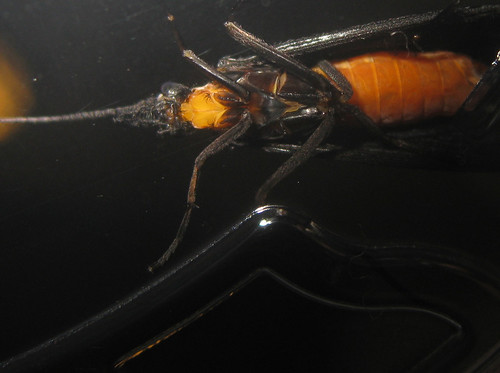
this is a caddisfly and not just a black moth, right?
Gryllus sp.
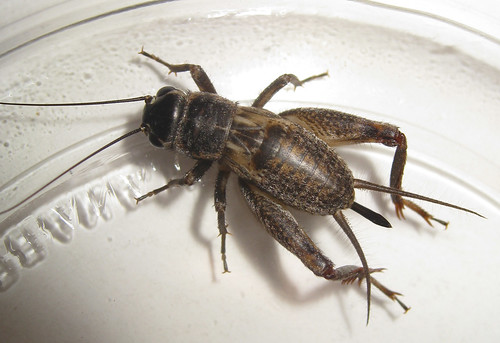
Gryllus sp.?
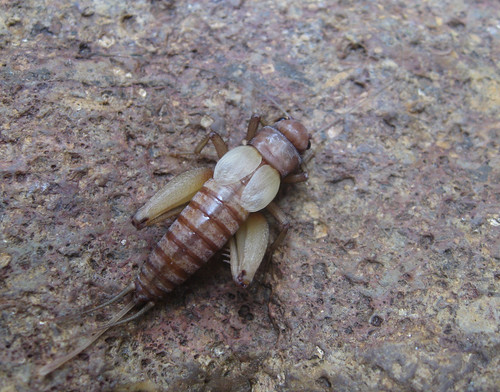

i caught this cricket just finishing its molt... you don't see that too often.
milkweed bug - Lygaeus sp. (kalmii?)
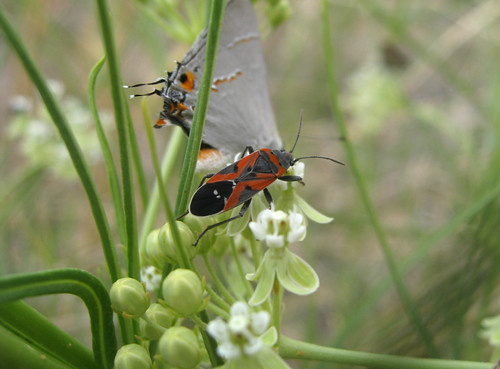
this and the following coreids were at the Southwestern Research Station.
leaffooted bug - Chelinda sp. (coreidae)
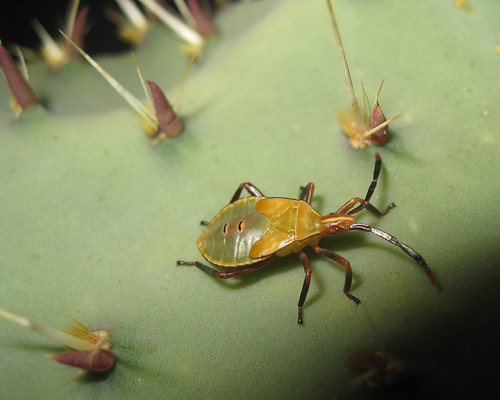
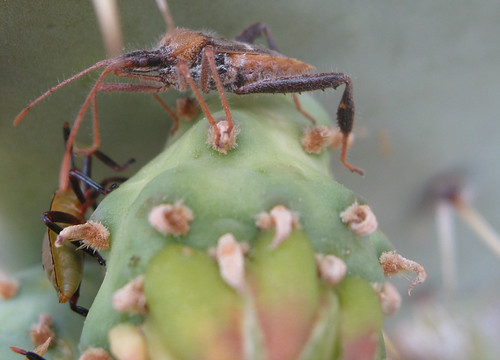
i think this adult is another coreid species.
leafhopper nymph?

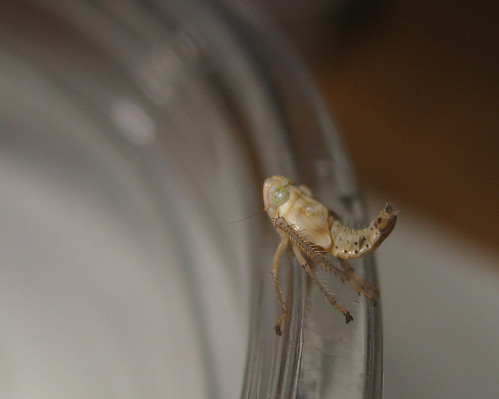

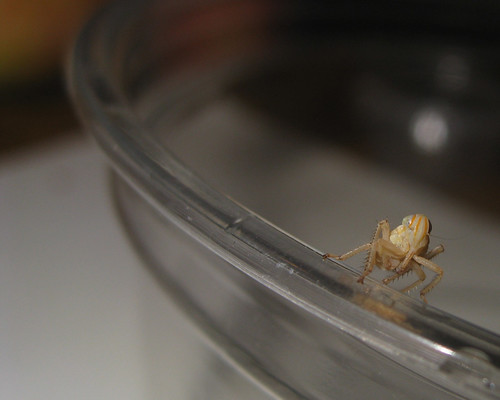
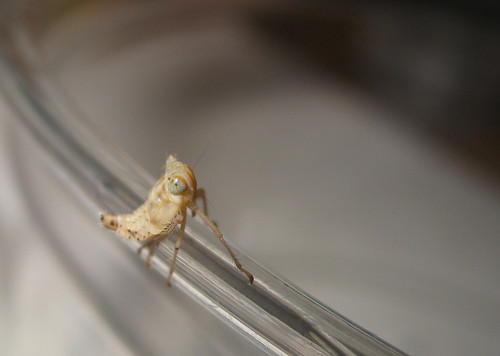
it exhibited the most tantalizingly anthropomorphizable behavior ever: it would pause, then lift and wave one front leg -exactly- like humans wave hello. it also did a cool camouflaging side-to-side motion. make sure to "watch in high quality" http://youtube.com/watch?v=dloIku3Vklg
assassin bug (reduviidae)


found at a light at night, eating an ant queen.
bloodsucking conenose/kissing bug - Triatoma rubida (reduviidae)
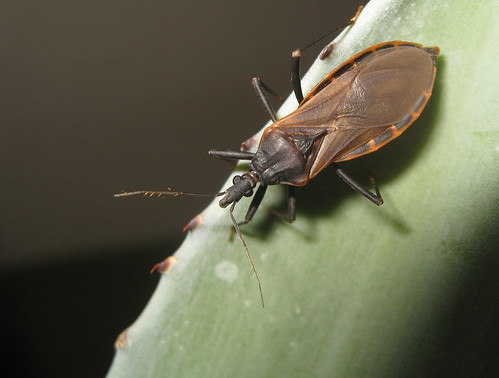

found at the same light about 10 seconds later.
giant water bug - Abedus sp. (herberti?)



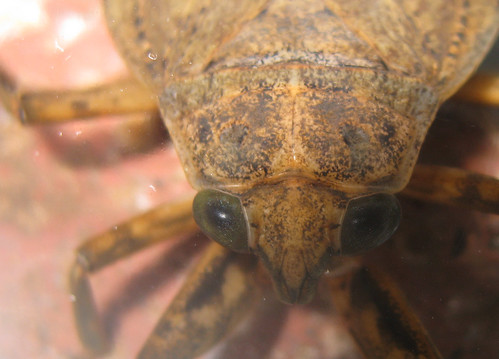
i wasn't interested in aquatic insects whatsoever, but this bug is awesome! it's in distilled water right now; would bottled water (or something else) be better?
IDs on anything not ID'd would be extremely helpful.
Casa Grande, AZ
Steatoda sp.


this was on the border between the desert and a parking lot for trucks behind starbucks.
Gila Bend - 1 night

across the road from the motel

queen, different sp.
shield/stink bug (pentatomidae) - Chlorochroa sayi?



Temnoscheila sp.

this does not even come close to doing it justice.
toward Portal
salticid


cicada exuvia


closest thing to a T for the entire trip
Portal - 2 nights
portal is a very interesting place. i met barney from hatari inverts there... apparently this was the worst possible time of year to go, but he suggested some (successful) places to look for bugs.

i found this very amusing






this queen is 1.6 cm body length and was carrying what looked like larvae.
the diversity and size of the ants (everywhere in AZ) was impressive. (i only figured out what had been happening later, but i got to see a colony of one species raiding another!)

with so many ants... TONS of antlions




i'm pretty sure this is the nest of the species above
wasp 2



wasp 3


wasp 4 - digger wasp?



Vaejovis cashi (?)

i found 12 of these little brown scorps, each solitary under its own rock.
gnaphosid or corinnid

selenopid crab spider (selenopidae)

wolf/lycosid


decent size, 1.75-2" in the photo. she's made a sac.
Armadillium vulgare

Arenivaga sp.?


dead, but 7 cm!
carpenterworm moth


lichen moth - Lycomorpha fulgens

this moth flew directly in front of the car (driving slowly) for maybe 100 yards.
tiger moth - Grammia sp. (closest i can find is nevadensis)





unknown amphiesmenopteran



this is a caddisfly and not just a black moth, right?
Gryllus sp.

Gryllus sp.?


i caught this cricket just finishing its molt... you don't see that too often.
milkweed bug - Lygaeus sp. (kalmii?)

this and the following coreids were at the Southwestern Research Station.
leaffooted bug - Chelinda sp. (coreidae)


i think this adult is another coreid species.
leafhopper nymph?





it exhibited the most tantalizingly anthropomorphizable behavior ever: it would pause, then lift and wave one front leg -exactly- like humans wave hello. it also did a cool camouflaging side-to-side motion. make sure to "watch in high quality" http://youtube.com/watch?v=dloIku3Vklg
assassin bug (reduviidae)


found at a light at night, eating an ant queen.
bloodsucking conenose/kissing bug - Triatoma rubida (reduviidae)


found at the same light about 10 seconds later.
giant water bug - Abedus sp. (herberti?)




i wasn't interested in aquatic insects whatsoever, but this bug is awesome! it's in distilled water right now; would bottled water (or something else) be better?
Last edited:

